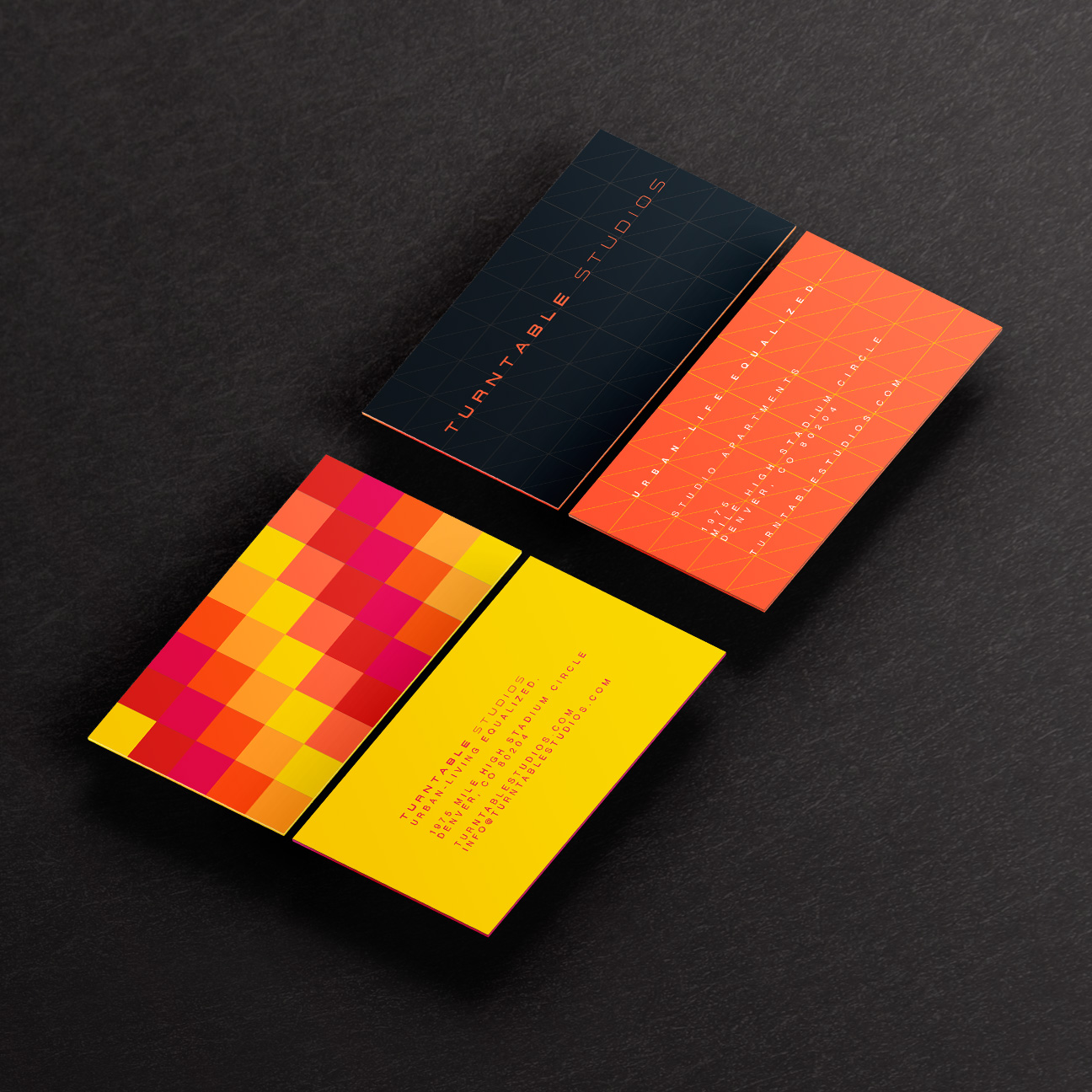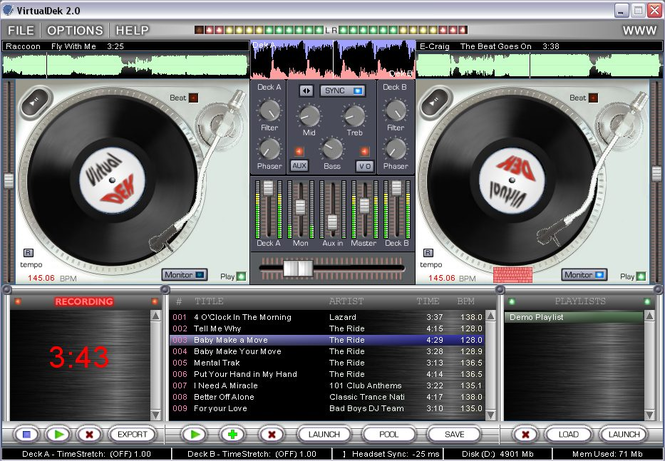

Third, the table featured a 12-inch (or 294mm, hence the name) mechanically damped unipivot tonearm that, in its way, proved every bit as unorthodox as the 294 turntable did. Fletcher may indeed have been on to something. Judging by the remarkably quiet backgrounds the 294 affords, Mr. Fletcher believed the best way to prevent motor-induced turntable noise was to use motors that had just enough torque to hold the platter at the desired rotational speed (but not enough to haul the platter up to speed from a stop). Why put up with all of this? The simple answer is that Mr. Instead, the turntable motor remains powered up at all times you simply spin the platter when you want it to go, and stop it (using your hands like the calipers of disc braking system) when the record is finished.

Second, the turntable has no on/off switch of any kind. First, users must start the Space 294 by grasping its platter rim and giving it a firm spin when the record is done, users reverse the process, grasping the spinning platter and gently forcing it to a stop. In practice, this meant two things (both of which have given some audiophiles fits). Next, the table featured an ultra low-torque synchronous motor-one so low in torque, in fact, that it was quite incapable of bringing the platter up to speed from a dead stop. Plainly the late Tom Fletcher, who designed all Nottingham products, was not afraid to “think outside the box.” For starters, the Nottingham machine was designed to play 12-inch LPs, yet it sported a massive 14-inch platter said to provide superior stability and a higher level of rotational inertia for greater speed stability than a 12-inch platter would have afforded. Coming upon the turntable/tonearm package at first, I found that almost everything about it seemed to march to the beat of a different drummer.
Turntable studios skin#
Exterior window panels were also replaced with glazing, while the precast concrete skin was repainted to contrast multicolored blackout roller shades, transforming the tower into a kinetic art piece, informed by the residents drawing and opening window treatments throughout the day.Some years back and writing for our US-based sister publication The Absolute Sound I had the opportunity to review the intensely iconoclastic and decidedly British Nottingham Analogue Studios Space 294 turntable and tonearm. The former porte-cochère was enclosed in glazing, welcoming tenants into a shared entertainment space with hanging chairs and a foosball table. The interiors were stripped down to the original structure, balancing the patina and scars of decades past with colorful material accents-including sound-absorbing recording studio panels, feature light sculptures, computer game systems and a shuffle-board table. Located near Mile High Stadium, our vision for the concept was a music-themed rebranding, including a vintage speaker wall, digital equalizer-inspired tile accents and a vinyl-centric penthouse club room with panoramic views of downtown Denver. In partnership with our visionary client, we reimagined the building as Denver’s first large-scale micro housing project, providing much needed attainable housing for the downtown workforce. Prior developer analyses of the property had mostly contemplated demolishing this diamond in the rough, yet retaining and reinventing the property held promise as a more environmentally and economically sustainable approach. When we first visited this 1960s Holiday Inn concrete tower hotel, the property had been down-branded into near obscurity, leaving corridors and public spaces cluttered with decades of tired, mismatched decor.


 0 kommentar(er)
0 kommentar(er)
